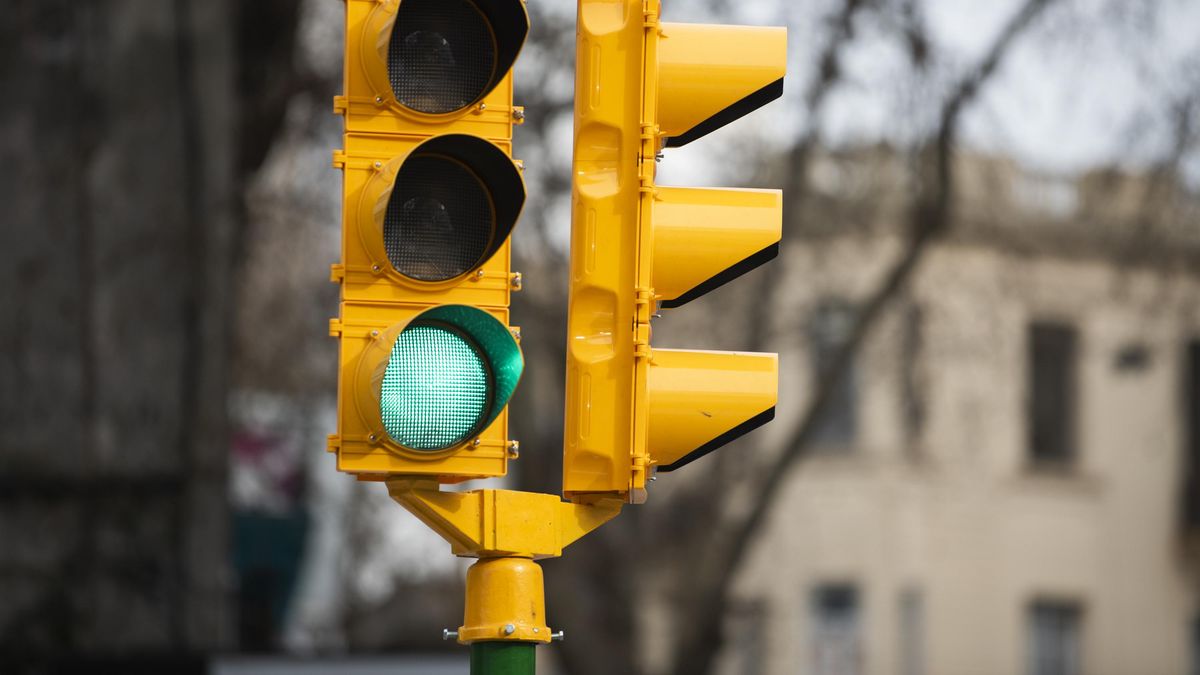The Montevideo City Hall (IM) presented the results of the adaptive transit system applied in the commune, which seeks to improve road space, renew equipment and improve traffic light planning. In this sense, the project based on artificial intelligence reduced traffic congestion in Three Crosses up to 10%.
The vehicle circulation The Tres Cruces area has always caused headaches not only for pedestrians and drivers, but also for the authorities. Therefore, the achievement of having reduced traffic congestion in the area by 10% is significant.
The improvement is between 5 and 10%, said the director of Transit of the Municipality of Montevideo, Pablo Inthamoussuadding that “we are reaching almost 20% on weekends.”
This improvement was possible thanks to the fact that, through the artificial intelligence, are changed traffic lights to facilitate circulation based on the traffic flow at each particular time. In addition, 60 changes have been made to road infrastructure and engineering in the Tres Cruces area, identified as one of the most congested: 125,000 vehicles circulate there every day, including 3,000 urban buses and 900 interdepartmental bus departures, and a total of 300,000 people.
“There are about 15 intersections involved in this, with more than 60 sensors, which are the ones that are sending us the information and allowing us to generate the situation of being almost in real time, distributing the times of the traffic lights in the most convenient way,” explained the director.
Given the good results, this technology will also be applied in the area of Nuevocentro Shopping.
What is the Adaptive Transit Project?
The Adaptive Transit Project, which seeks to improve road space, renew equipment and improve traffic light planning in the Uruguayan capital, mainly in areas that regularly experience more traffic congestion, which have a high impact on the mobility of the commune: Three Crosses, Punta Carretas, Pocitos, Diving, Malvin, Hill, White Stones, Union, La Blanqueada, Cordon, New Center and Watered down.
According to the IM, interventions at these points will reduce travel times, improve the speed of public transport, achieve more fluid and orderly traffic, improve road safety and reduce fuel consumption and polluting emissions.
To this end, the Intendancy has been implementing different interventions based on a mobility data consolidation platform created especially for this purpose, with information from Waze, he Metropolitan Transportation System (STM) and the Mobility Management Center (CGM); and the implementation of the adaptive traffic light system “Full Adaptive”, an artificial intelligence software that receives information on vehicle flow that is sent to the CGM almost instantaneously.
Source: Ambito




